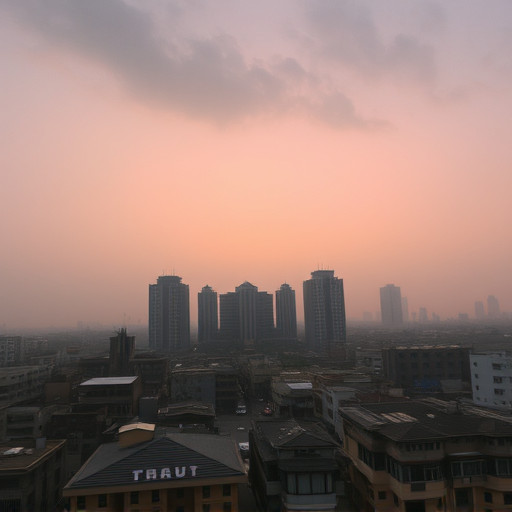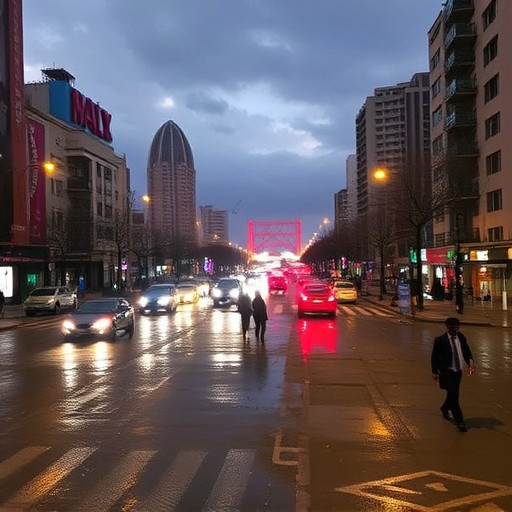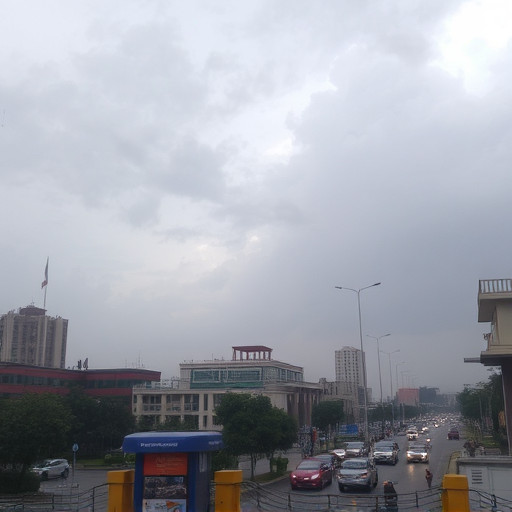
Bahria Town Karachi, on the Arabian Sea, has a tropical climate with distinct wet and dry seasons. Summers from April to June are sweltering, often above 35 degrees Celsius, while the monsoon season from June to September brings heavy rains that can cause flooding. Winters are mild, with temperatures between 15 to 25 degrees Celsius, and occasional cold fronts from northern winds. The region's unique microclimate due to local topography and urban development can differ from the wider Karachi climate. Visitors and residents should consider these seasonal patterns for comfortable planning, especially during the hot summers and the rainy monsoon season. Local adaptations, such as eco-friendly architectural designs and sustainable practices, help residents cope with the extreme weather conditions year-round. These include natural ventilation systems, reflective materials, and water management strategies to mitigate the effects of flooding and ensure environmental sustainability.
Explore the dynamic weather systems that shape the climate in Bahria Town Karachi, a vibrant community nestled within Pakistan’s diverse climatic tapestry. This article delves into the meteorological patterns, revealing the seasonal fluctuations and statistical temperature and precipitation data unique to this region. Stay informed with today’s weather forecast and discover how locals adapt to the elements, drawing from time-honored traditions and innovative practices. Join us on a comprehensive journey through Bahria Town Karachi’s yearly climate cycle and the myriad ways its weather influences life and daily routines.
- Climate Overview: Understanding Bahria Town Karachi's Meteorology
- Seasonal Weather Patterns: The Yearly Climate Cycle in Bahria Town
- Monthly Temperature and Precipitation: A Statistical Breakdown
- Real-Time Weather Conditions: Today's Forecast for Bahria Town Karachi
- Local Climate Adaptations: How Residents Cope with the Elements
Climate Overview: Understanding Bahria Town Karachi's Meteorology
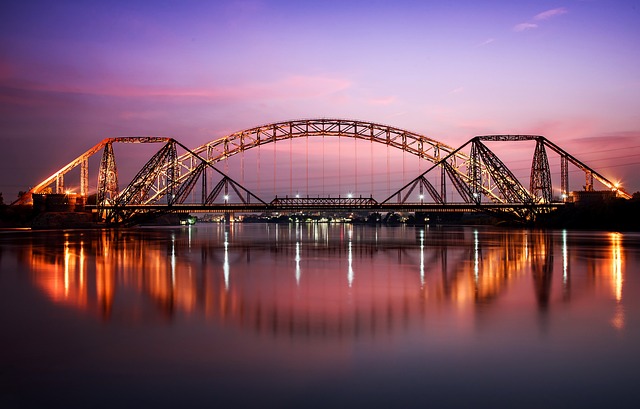
Situated on the Arabian Sea coast, Bahria Town Karachi experiences a tropical climate with distinct wet and dry seasons, influenced by its proximity to the sea. The region’s weather is characterized by hot and humid summers, mild winters, and a substantial monsoon season that brings most of its annual precipitation. During the summer months, from April to June, temperatures can soar above 35 degrees Celsius, often accompanied by high humidity levels. The monsoon rains, typically from June to September, provide relief from the heat but can also lead to flooding in low-lying areas.
The winter season, from November to February, is relatively mild with average temperatures ranging from 15 to 25 degrees Celsius. This period offers comfortable conditions for both residents and tourists. However, it’s not uncommon for brief cold spells to pass through, brought by northern winds. Bahria Town Karachi’s climate is further affected by the regional topography, including its proximity to the sea and the presence of urban heat islands within the city itself. These factors contribute to a microclimate that can differ from the broader meteorological patterns observed in the surrounding Karachi region. Understanding these local weather dynamics is crucial for residents and visitors to prepare appropriately for their stay in Bahria Town Karachi.
Seasonal Weather Patterns: The Yearly Climate Cycle in Bahria Town
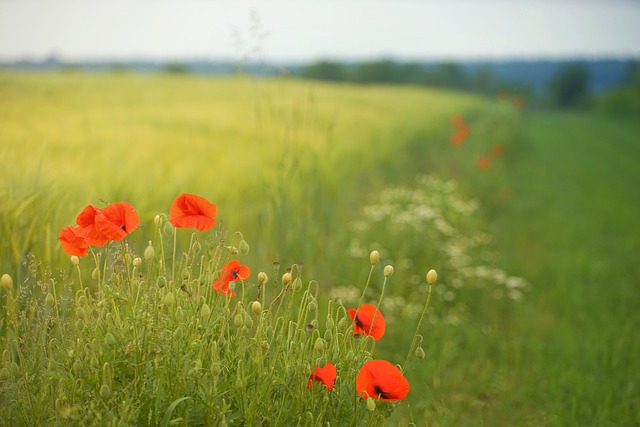
Situated on the Arabian Sea coast, Bahria Town Karachi experiences a predominantly tropical climate influenced by its geographical location in Pakistan. The yearly climate cycle in this region is characterized by distinct seasonal patterns. From April to June, the summer months bring scorching temperatures, with high humidity levels making the heat even more oppressive. This period is marked by clear skies and consistently high temperatures that can exceed 35 degrees Celsius.
Monsoon rains arrive in late June and last through September, bringing much-needed relief from the heat. The monsoon season is noted for its heavy and frequent rainfalls, which can lead to localized flooding. The onset of the cooler months from October to February offers a respite with milder temperatures, often ranging between 15 to 25 degrees Celsius. This period experiences more stable weather conditions, with occasional showers that help maintain the greenery within Bahria Town. The winter months are generally dry, with clear skies and comfortable temperatures that make it an ideal time for outdoor activities. These seasonal variations dictate the daily lives of residents, influencing their routines, attire, and overall lifestyle, reflecting the rhythm of the local environment’s annual cycle.
Monthly Temperature and Precipitation: A Statistical Breakdown
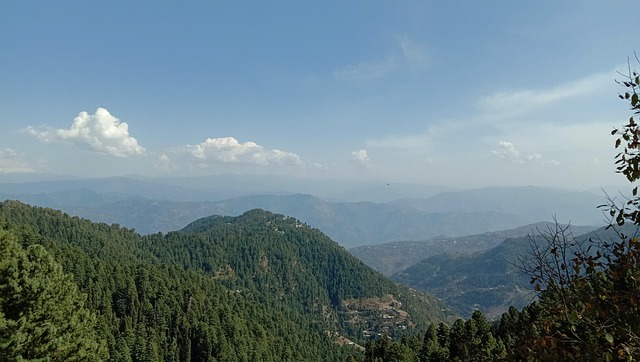
Bahria Town Karachi, a planned community on the outskirts of Pakistan’s largest city, experiences a variety of weather patterns throughout the year, with distinct seasonal changes. Temperature-wise, Karachi, where Bahria Town is located, generally enjoys a tropical wet and dry climate. The summer months from April to June are characterized by high temperatures that can soar above 35 degrees Celsius, often peaking in May. Conversely, the winter season from December to February offers milder conditions with daytime temperatures typically ranging between 20 to 30 degrees Celsius. The monsoon season, which spans from June to September, occasionally brings relief from the heat but can also lead to heavy rainfall, contributing to the majority of the region’s annual precipitation. Precipitation in Karachi is highly variable; some years may record less than 250 millimeters while others might experience over 700 millimeters of rain. The statistical breakdown of monthly temperature and precipitation data from Bahria Town Karachi provides valuable insights into the area’s climatic behavior, aiding in infrastructure planning, agricultural activities, and residents’ seasonal preparations.
Real-Time Weather Conditions: Today's Forecast for Bahria Town Karachi

Today’s weather in Bahria Town Karachi is characterized by its coastal proximity, which often brings a slight maritime influence to the climate. As of the current update, the city is experiencing a partly cloudy day with occasional gusts of wind. The temperature has been hovering around a comfortable range, with highs expected to peak at 32 degrees Celsius and lows dipping to a mild 24 degrees Celsius. There is a slight chance of light rain or drizzle later in the afternoon, which could provide some respite from the heat. Humidity levels are moderate, making it bearable for residents and visitors alike. It’s always advisable to check the latest weather updates, as conditions can change rapidly. For those planning outdoor activities in Bahria Town Karachi, dressing in layers is recommended to accommodate the fluctuating temperatures throughout the day.
Local Climate Adaptations: How Residents Cope with the Elements
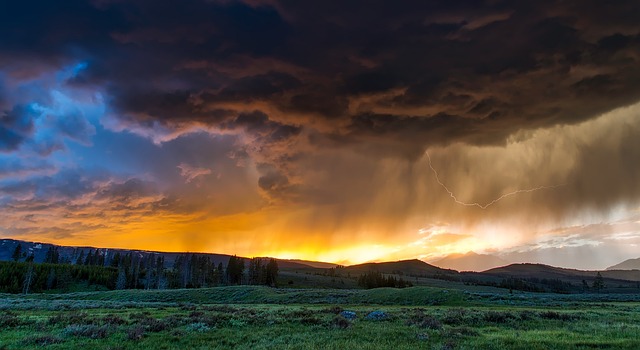
Residents of Bahria Town Karachi have developed various adaptive strategies to cope with the local climate, which is characterized by high temperatures and variable humidity levels throughout the year. During the scorching summer months, homes are designed with wide overhangs and large windows positioned to take advantage of prevailing winds for natural ventilation. Many households employ the use of traditional roofing materials like terracotta or light-colored tiles that reflect sunlight, reducing heat absorption. Additionally, residents often install ceiling fans and make use of shade cloths or vertical gardens to mitigate the harsh effects of direct sunlight.
In the monsoon season, when heavy rainfall can lead to flooding in low-lying areas, the community has implemented a robust drainage system to manage water levels effectively. The layout of Bahria Town is carefully planned to allow for maximum water flow away from residential areas, minimizing the risk of waterlogging. Furthermore, residents are encouraged to maintain green spaces that absorb excess rainwater and reduce runoff, contributing to the overall resilience of the community against the capricious weather patterns. These local climate adaptations demonstrate the proactive measures taken by the residents of Bahria Town Karachi to ensure a comfortable living environment despite the challenges posed by their region’s climate.
In concluding our exploration of the current weather in Bahria Town Karachi, it is evident that the region experiences a diverse range of climatic conditions throughout the year. The meticulous analysis of seasonal weather patterns and monthly temperature and precipitation data provides a comprehensive understanding of the local climate. Residents of Bahria Town have adapted to these conditions, showcasing innovative strategies to cope with both the heat and rainfall. For those residing in or planning to visit this area, staying informed about real-time weather forecasts is crucial for comfort and safety. The climate overview underscores the need for preparedness and respect for the local environment. As such, the information presented herein serves as a valuable resource for anyone seeking to understand the climatic aspects of Bahria Town Karachi.
